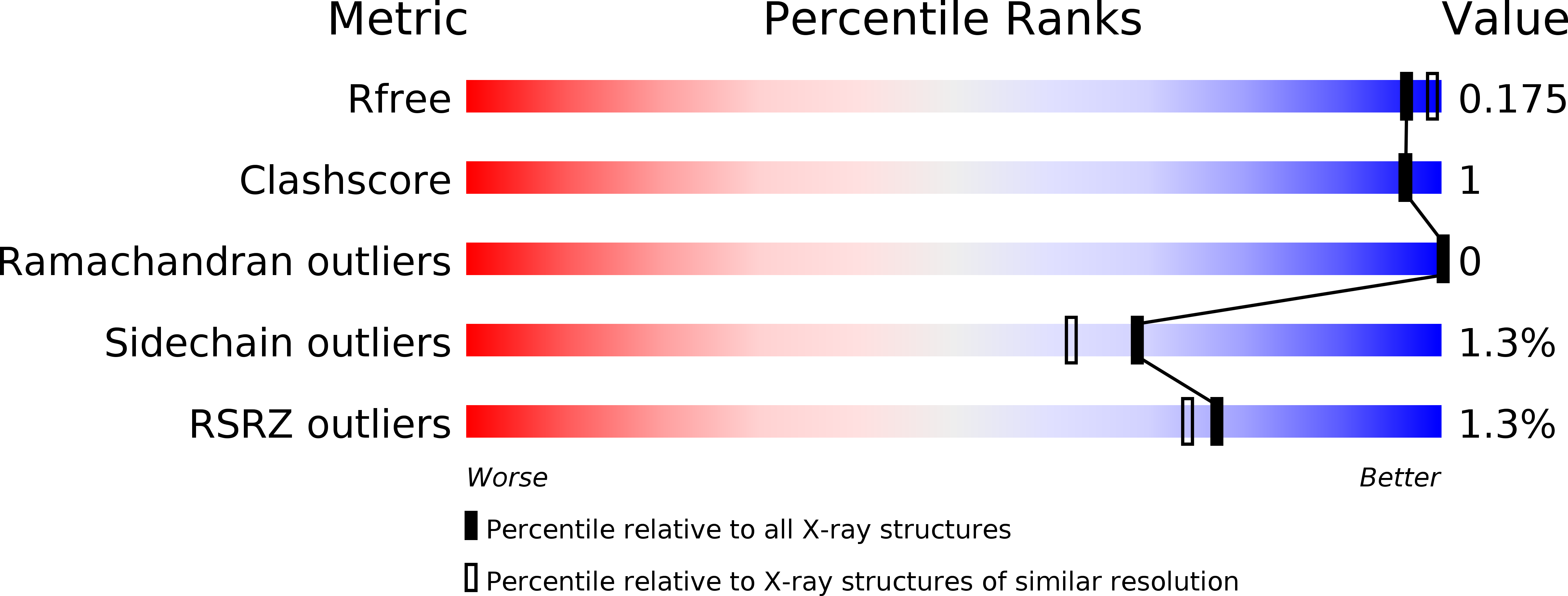
Deposition Date
2017-07-03
Release Date
2018-01-24
Last Version Date
2024-01-17
Entry Detail
PDB ID:
5OCJ
Keywords:
Title:
Crystal structure of Ag85C bound to cyclophostin 8beta inhibitor
Biological Source:
Source Organism:
Host Organism:
Method Details:
Experimental Method:
Resolution:
1.80 Å
R-Value Free:
0.17
R-Value Work:
0.15
R-Value Observed:
0.15
Space Group:
P 21 21 21


